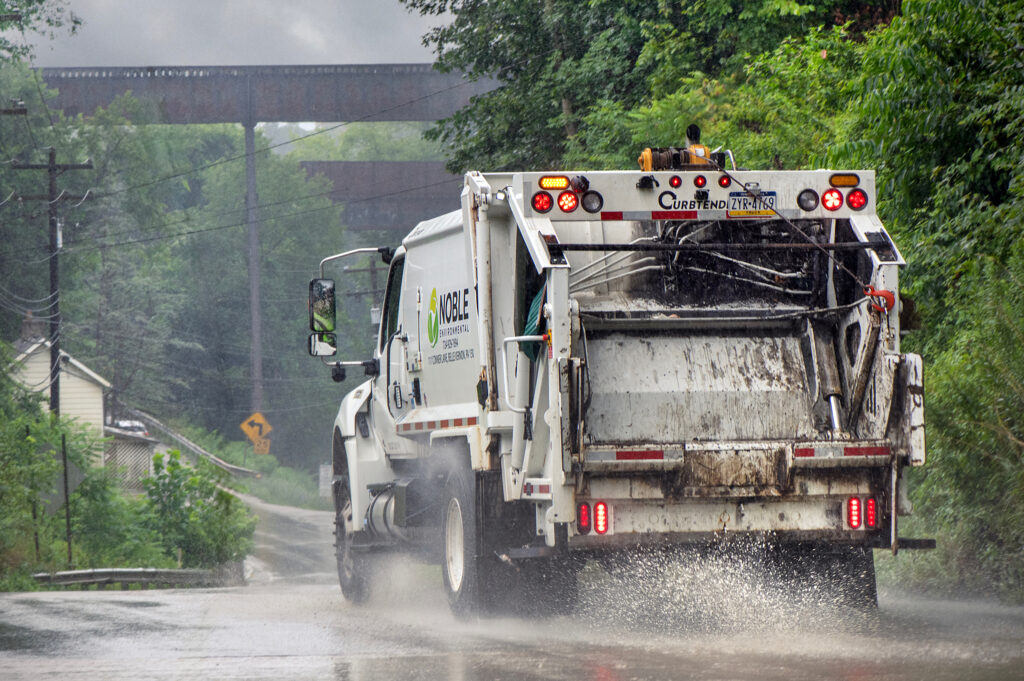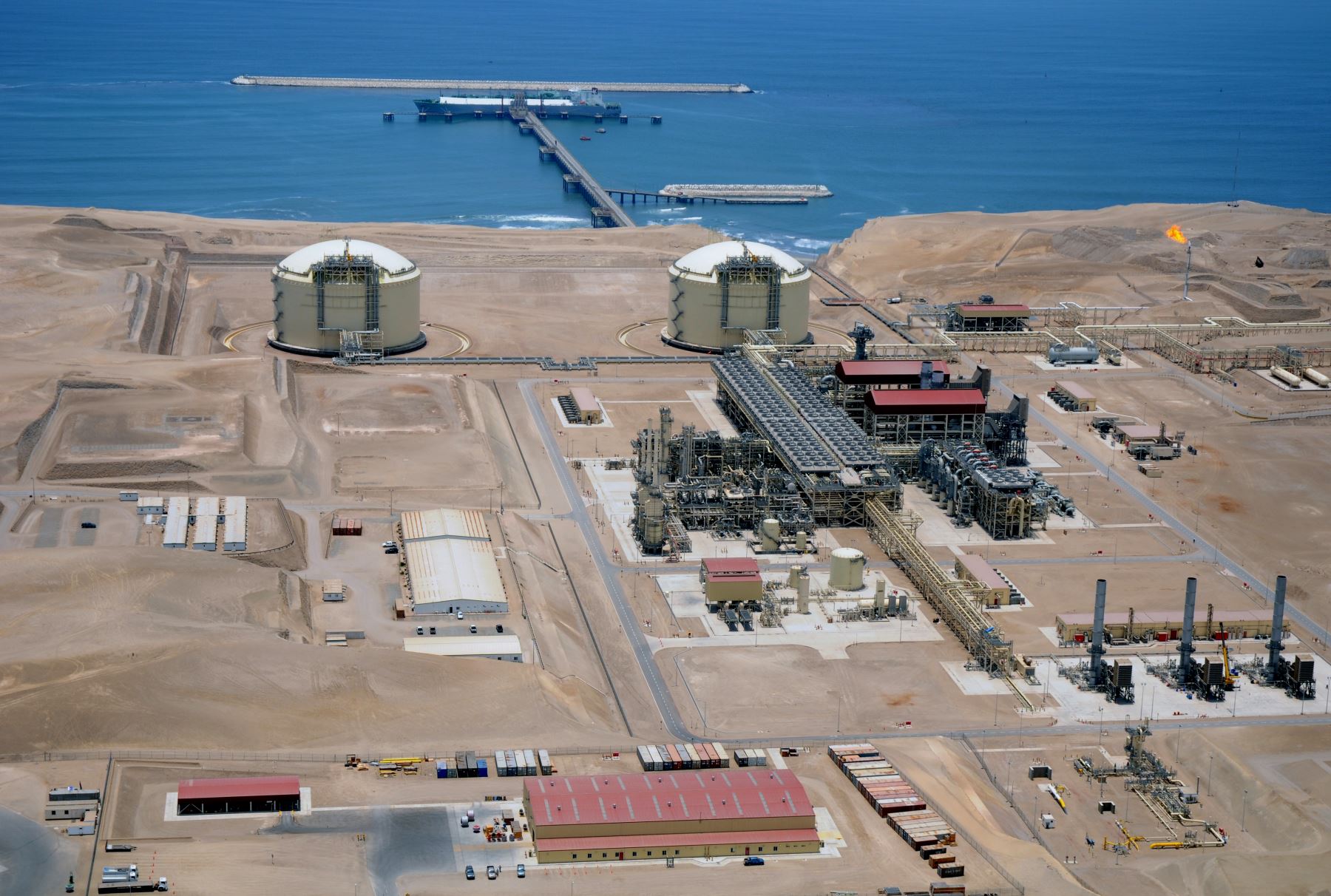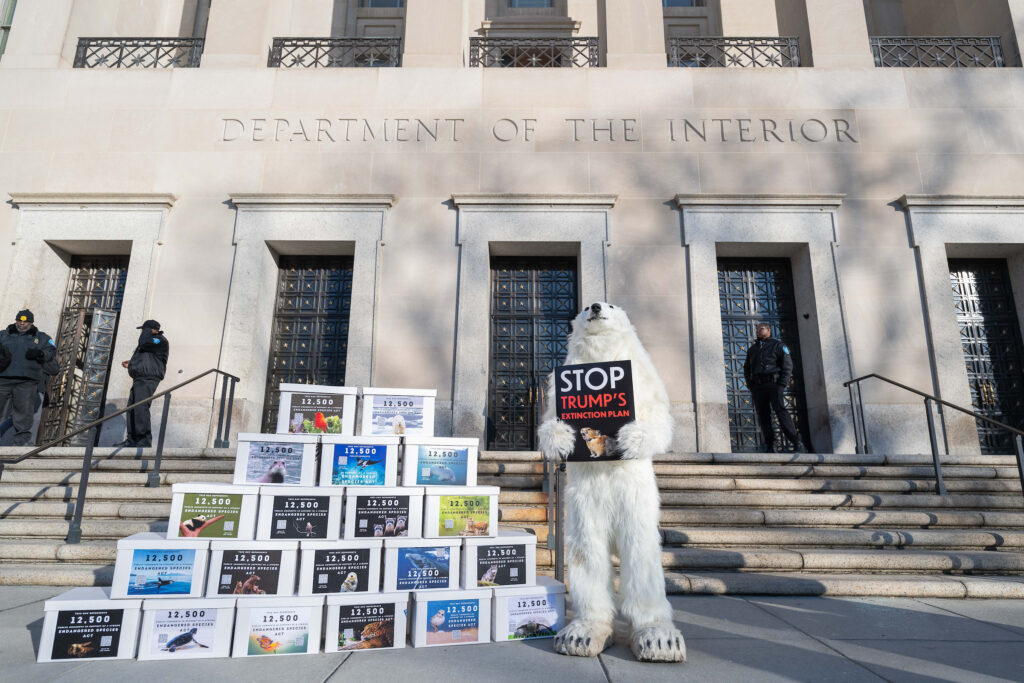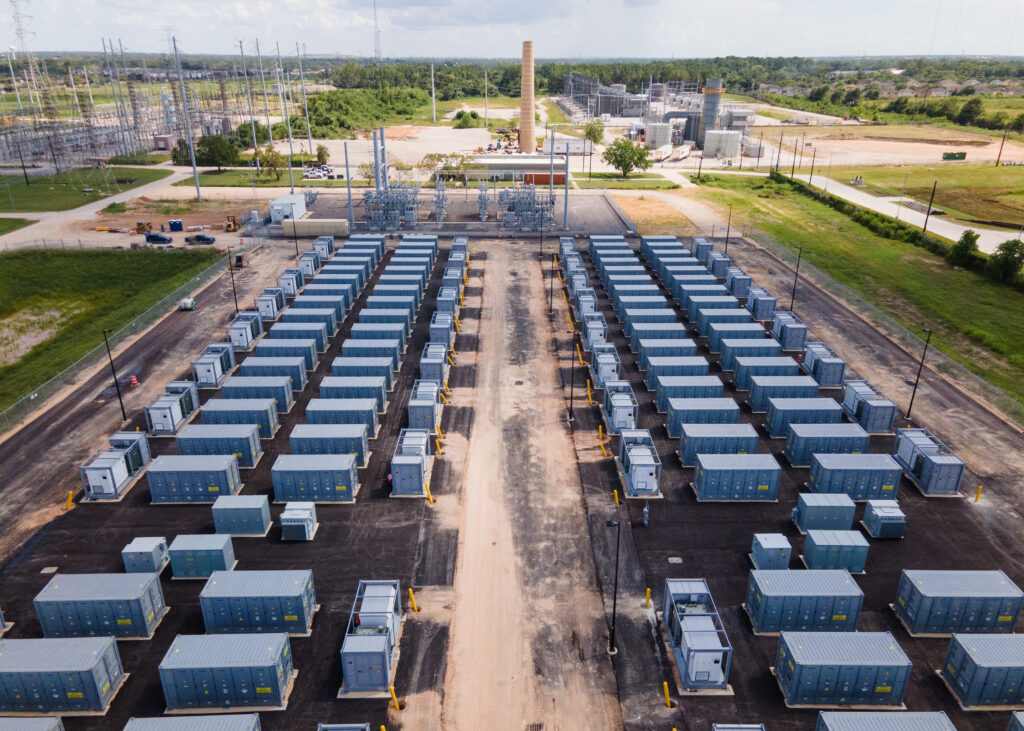Last year, Venezuela lost its last glacier. Neighboring Colombia also saw a glacier melt out of existence. Around the world, all 58 glaciers monitored by the American Meteorological Society lost mass during 2024.
Since observations began in 1970, only one other year saw every monitored glacier shrink: 2023. Now 2024 appears to have broken grim records for global temperatures and greenhouse concentrations set just the year before, according to the annual AMS climate assessment released Thursday.
“The annual global temperature across land and ocean was the highest recorded in the observational record,” said the 527-page State of the Climate report. “Anomalous warmth in 2024 occurred across most of the world and contributed to many of the continued changes in key climate indicators.”
The heat spike of 2023 and 2024 likely arose from a convergence of human activity and natural variability, the report said. Rising atmospheric concentrations of greenhouse gases, which warm the climate, “showed no sign of slowing in their increases,” it said.
Warmth helped intensify the water cycle. Single-day rainfall totals across the globe also hit record highs, indicating an increase in rainfall intensity, the report said. South of the melting glaciers in Venezuela and Colombia, Brazil suffered its worst flooding disaster in history, as well as its third-driest year on record.
Atmospheric concentrations of carbon dioxide, the most abundant greenhouse gas, grew at a record rate in 2024, matching 2015 as the largest annual increase since records began in 1960. Carbon dioxide emissions come primarily from the burning of fossil fuels, which also continues to increase around the world, despite decades of global accords to slow the emissions.

“We have spent trillions of dollars to address climate change and it’s been relatively ineffective,” said Charles McConnell, a former assistant energy secretary with the Obama administration, now director of the Center for Carbon Management in Energy at the University of Houston. “If all we do is keep inviting politicians to fancy hotels around the world to talk, we’re not going to get anywhere. It’s a proven track record.”
The AMS report also showed rising concentrations of methane. While far less abundant than carbon dioxide, it warms the climate much faster and accounts for about 30 percent of the global rise in temperatures. Reduction of methane emissions, which come from a wide variety of sources, is seen as a quick means to limit global warming in the near term.
The rise in methane concentrations began to accelerate around 2014, and has further accelerated since 2020, according to the report.
“There’s a lot of uncertainty on exactly where it’s coming from,” said David Lyon, senior methane scientist with the Environmental Defense Fund. “There’s a huge debate about this among scientists.”
Some methane emissions come from fossil fuel extraction. But, Lyon said, those emissions have remained consistent in the U.S., even as production of fossil fuels grew sharply, and don’t explain the recent increases. Predominant theories suggest large amounts of methane are being emitted by water-logged tropical wetlands due to changes in climate and land use. Livestock and landfills also release significant amounts of methane.
“There have been increases in emissions from microbial sources (which includes livestock as well as natural wetlands and lakes) since 2008,” said Robert Dunn, a senior operational meteorologist at the Met Office, the U.K.’s national weather service, and an editor of the AMS report. “There may also be small increases due to fossil fuel emissions since roughly that time. More recently, it is suggested that emissions from tropical wetlands play a dominant role in the post 2020 surge.”
The AMS report, in its 35th issuance, drew on work of 590 academic authors and editors in 58 countries. It analyzed six global temperature datasets and scores of others from observatories around the world, including the National Oceanic and Atmospheric Administration’s installation atop Mauna Loa in Hawaii, which has measured atmospheric carbon dioxide since 1958.
The Mauna Loa observatory’s 65-year-long record of carbon dioxide concentrations in the atmosphere is regarded as the most iconic demonstration of human activities’ effect on the atmosphere. But the facility’s fate is uncertain amid slashes to climate programs and other government agencies in Washington. NOAA took major funding cuts in President Trump’s budget bill, and the U.S. General Services Administration has suggested it may not renew its lease on office space there.
“We are in wait and watch mode. It would be a pity,” said Anjuli Bamzai, a former president of AMS. “Other climate observations will only become more valuable if Mauna Loa is lost. If the U.S. retreats from climate monitoring it remains to be seen how other nations and leaders would react.”
About This Story
Perhaps you noticed: This story, like all the news we publish, is free to read. That’s because Inside Climate News is a 501c3 nonprofit organization. We do not charge a subscription fee, lock our news behind a paywall, or clutter our website with ads. We make our news on climate and the environment freely available to you and anyone who wants it.
That’s not all. We also share our news for free with scores of other media organizations around the country. Many of them can’t afford to do environmental journalism of their own. We’ve built bureaus from coast to coast to report local stories, collaborate with local newsrooms and co-publish articles so that this vital work is shared as widely as possible.
Two of us launched ICN in 2007. Six years later we earned a Pulitzer Prize for National Reporting, and now we run the oldest and largest dedicated climate newsroom in the nation. We tell the story in all its complexity. We hold polluters accountable. We expose environmental injustice. We debunk misinformation. We scrutinize solutions and inspire action.
Donations from readers like you fund every aspect of what we do. If you don’t already, will you support our ongoing work, our reporting on the biggest crisis facing our planet, and help us reach even more readers in more places?
Please take a moment to make a tax-deductible donation. Every one of them makes a difference.
Thank you,

















